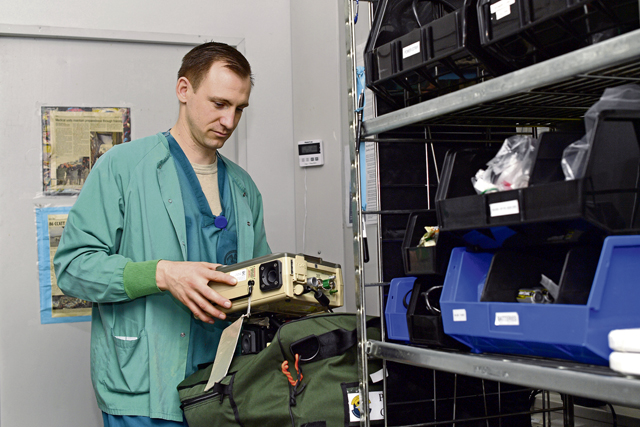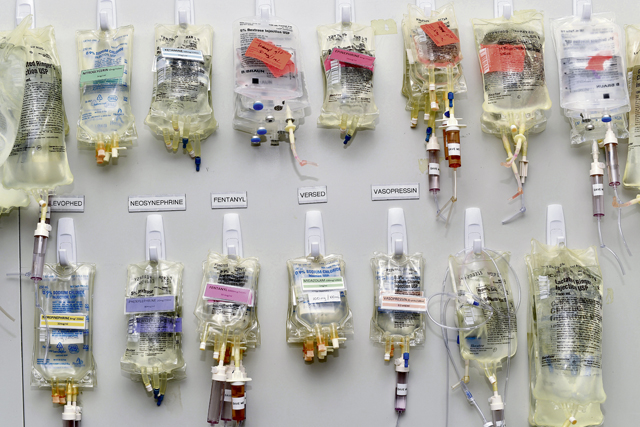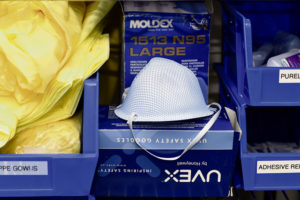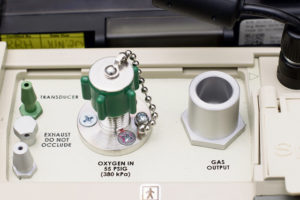
The 86th Medical Squadron Critical Care Air Transport Team (CCATT), a Landstuhl Regional Medical Center capability, employs innovative equipment and specialized training to support critically injured or ill patients.
Directly adjacent to the LRMC Emergency Room in a small modular building, dubbed the “CCATT Shack,” are carefully organized and routinely checked patient care kits and medical supplies staged and ready for rapid response by the CCATT.

The CCATT is a specialized team made up of medical professionals such as Critical Care Physicians and Critical Care Nurses and Respiratory Therapists who are well equipped and capable of treating the most afflicted individuals.
“They are constantly training,” said Col. Sean Jersey, 86th MDS commander. “They go through their gear-set and equipment, making sure that they’re both familiar with how to use it and they’ve got enough of it. They also make sure that the medication in there is not expired.”

At least once a quarter, the CCATT participates in joint exercises with the 86th Aeromedical Evacuation Squadron, LRMC personnel, En-Route Patient Staging System personnel, and sometimes also with the front-end air crew, Jersey said.
“We also send them back to specialized training courses in the states,” Jersey added. “They’ve got to stay on top of their game because they’re taking care of the most critically ill and injured patients that we have.”
With the coronavirus disease 2019 pandemic, CCATT personnel are ready to support any patients requiring critical care.
“We don’t know what the next virus or illness is going to be,” Jersey said. “COVID-19 is the latest, but these medical personnel are at the top of their profession. They have to train hard all the time to stay that way, so when things like this come up, they’re probably postured and more ready than anybody else in the world to deal with it.”

Capable of operating under many conditions – ground transportation, in-flight aboard a C-130J Super Hercules or various other aircraft, patient transfers in harsh environments – the CCATT is able to focus their efforts on the most at-risk patients, regardless of the circumstances.
“It’s all part of a worldwide system the Air Force has to help us deliver medical care everywhere,” Jersey said.







